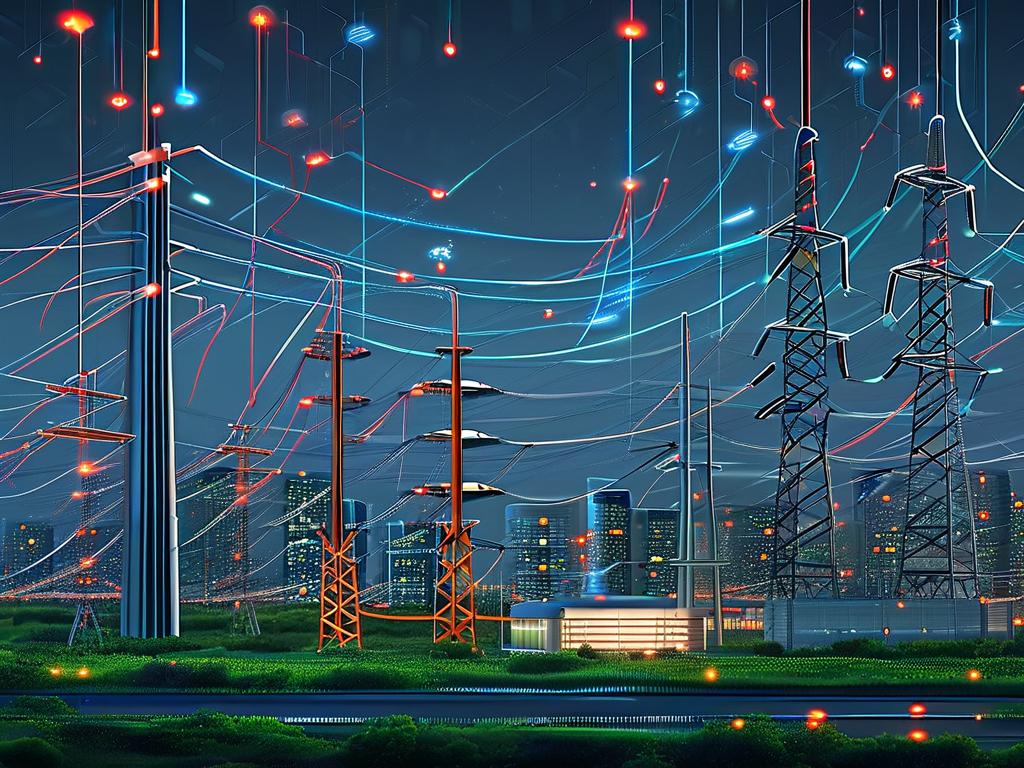In the era of big data, managing and retrieving visual content efficiently has become a critical challenge. Distributed retrieval architecture emerges as a robust solution for handling large-scale image datasets, combining scalability with high-speed processing. This article explores how this architecture revolutionizes image systems while addressing technical nuances and real-world applications.

Foundations of Distributed Retrieval
At its core, distributed retrieval architecture decentralizes data storage and processing across multiple nodes. Unlike centralized systems, which risk bottlenecks with massive datasets, distributed frameworks partition tasks into smaller units. For image retrieval, this means splitting feature extraction, indexing, and query matching across servers. A typical implementation uses Apache Hadoop or Spark clusters to parallelize computations, ensuring faster response times even with petabyte-scale libraries.
Key Components in Image-Centric Systems
Image retrieval introduces unique demands. First, convolutional neural networks (CNNs) preprocess images to extract features like edges, textures, or object signatures. These features are converted into numerical vectors—often via ResNet or VGG models—and stored in distributed databases like Elasticsearch or Faiss. When a user submits a query image, the system compares its vector against indexed data using similarity metrics (e.g., cosine similarity). Distributed architecture accelerates this by assigning vector comparisons to different nodes, aggregating results through a coordinator.
Advantages Over Traditional Models
Scalability stands out as the primary benefit. As image volumes grow, adding nodes to the cluster maintains performance without overhauling the entire system. Fault tolerance is another strength: if one node fails, others compensate seamlessly. For instance, Netflix employs similar architectures to manage video thumbnails globally, ensuring uninterrupted service despite localized server issues. Additionally, load balancing algorithms distribute queries evenly, preventing overburdened nodes and reducing latency.
Implementation Challenges
While powerful, distributed systems demand careful design. Data consistency remains tricky—ensuring all nodes reflect the latest image updates requires protocols like RAFT or Paxos. Network latency can also hinder real-time retrieval; edge computing mitigates this by processing queries closer to users. Moreover, training CNNs across distributed GPUs necessitates frameworks like TensorFlow Distributed or PyTorch Lightning to synchronize gradients without bottlenecks.
Real-World Applications
- Healthcare Imaging: Hospitals use distributed retrieval to cross-reference MRI/CT scans against global databases, aiding diagnosis.
- E-commerce: Platforms like Alibaba match product images uploaded by users to catalog items, enhancing search accuracy.
- Surveillance Systems: Law enforcement agencies analyze CCTV footage by querying suspect images across distributed crime databases.
Future Directions
Emerging trends include integrating quantum computing for ultra-fast similarity searches and leveraging federated learning to train models on decentralized image data without compromising privacy. Hybrid architectures combining cloud and edge resources will likely dominate, optimizing both speed and cost.
In , distributed retrieval architecture redefines how we handle visual data. By marrying scalability with precision, it addresses the limitations of legacy systems while unlocking new possibilities across industries. As image datasets continue expanding, adopting this framework becomes not just advantageous but essential.









